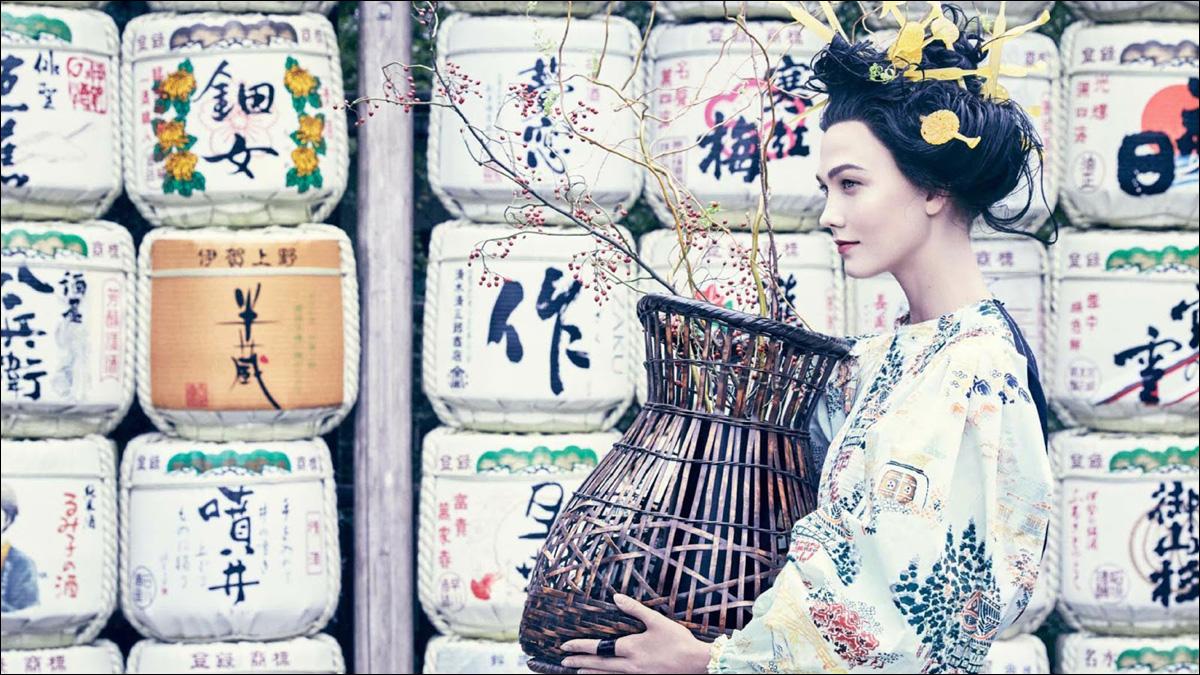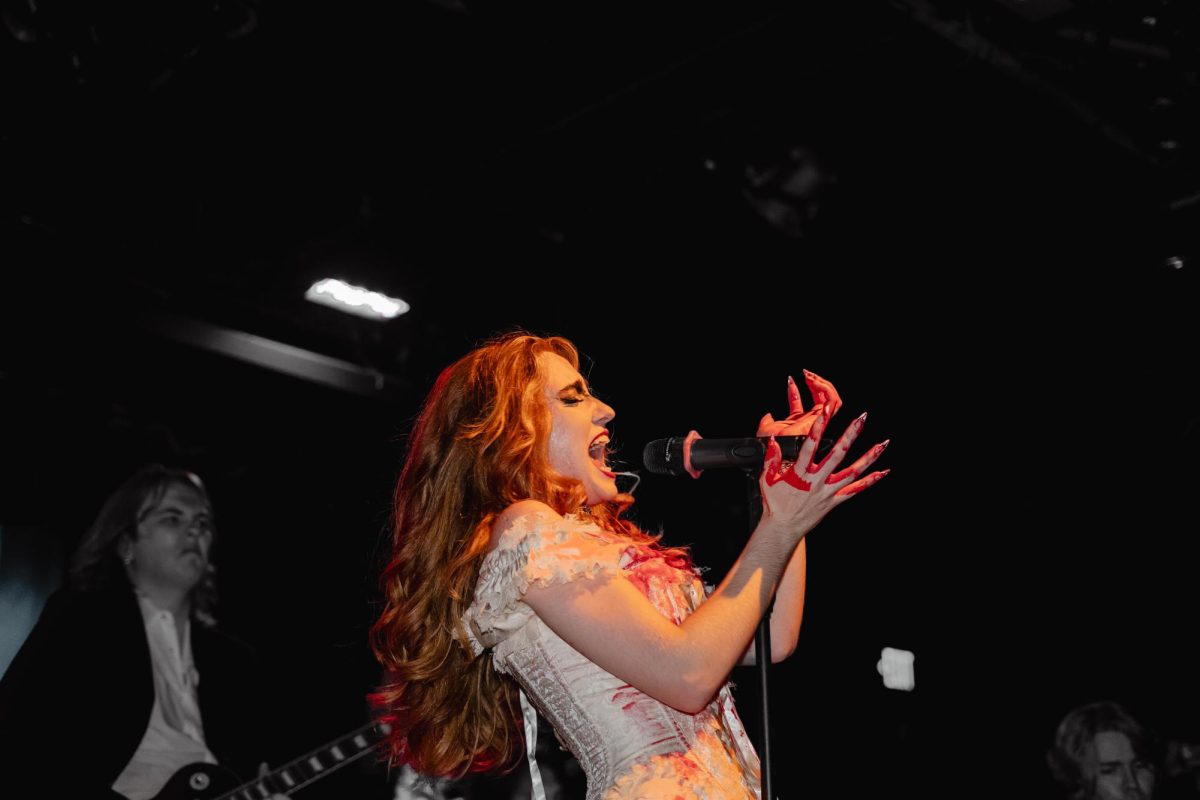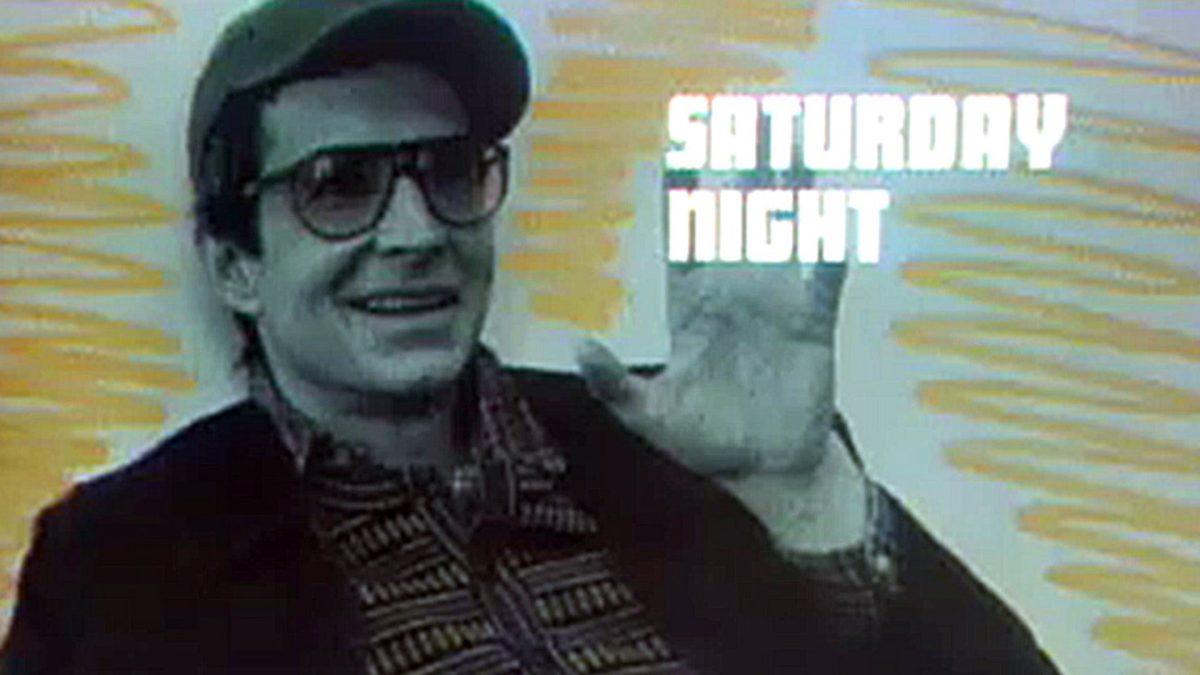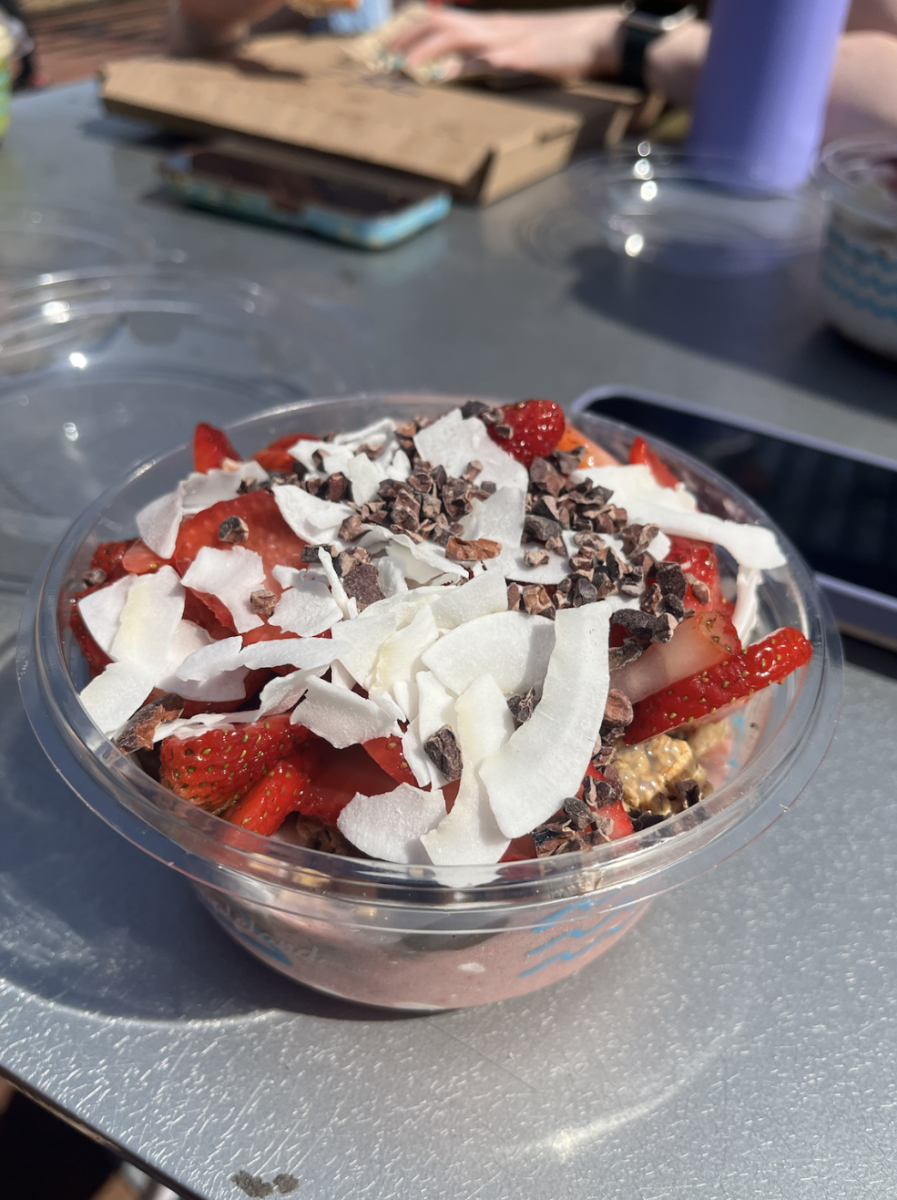Vogue has recently come under fire for its lack of political awareness and reticence in regards to social issues. Meanwhile, readers have applauded Teen Vogue for shining light on cultural, political, and social issues relevant to today’s teens. Teen Vogue is known for being ‘socially conscious’ while Vogue is still criticized for ‘culturally insensitivity’. The answer lies in who is at the helm of each editorial board.
The editor-in-chief of Teen Vogue is Elaine Welteroth, a 29-year-old Black woman who rose up the ranks to the coveted position in May of last year. Since then, Teen Vogue has been a prominent and poignant publication full of invigorating pieces on social justice and equality. Mark Stern of Slate, an online magazine on news, politics, and culture, enthuses, “the magazine treats teenagers like rounded human beings with agency and intellects. The result is a teen glossy with seriously good political coverage and legal analysis, an outlet for teenagers who—shockingly!—are able to think about fashion and current events simultaneously.”
Teen Vogue does not shy away from touching on intense, political topics, such as a piece called ‘Donald Trump Gaslighting America’, which ferociously critiques our current president’s attacks on American freedoms. The magazine also amplifies the voices and perspectives of typically marginalized minorities, such as with its segment on youth activism focused on Amandla Stenberg, a bisexual non-binary person of color. They have covered a range of subjects, from black hair as a political statement to intersectional feminism in white washed media. There was even an interview between Amandla Stenberg, a new-age intersectional feminist known for speaking out against cultural appropriation in her viral video, ‘Don’t Cash Crop my Cornrows’, and Gloria Steinem, a leader of the American feminism movement in the 60s and 70s.
From speaking on gun violence after the San Bernardino shooting to supporting the Black Lives Matter movement, Teen Vogue boldly takes a stand for social activism. This is because Teen Vogue actually hires people of color, women and sexuality and gender minorities. Having Elaine Welterworth at the helm has taken Teen Vogue to new heights of bold progressivism.
In contrast, Vogue’s editor-in-chief is Anna Wintour, a 67-year-old white woman, who is arguably out of touch with modern times. Under her, Vogue’s editorial board and writing staff is predominantly white. Vogue has been heavily criticized for its lack of representation of people of color both behind the scenes and on the cover. Vogue’s answer? Placing their first Asian cover model, Liu Wen, on the cover of the March 2017 issue as a symbol of ‘diversity. What was largely ignored, however, was that ‘first’ was diluted by having the cover feature her with other models, like Kendall Jenner and Gigi Hadid, rather than a solo cover. In a fit of divine irony, Vogue then preceded to feature a shoot of Karlie Kloss as a Geisha in the same issue. In clear cultural appropriation, Isha Aran of Fusion–an online magazine which covers culture–writes, ‘Kloss appears in Japanese settings, wearing Japanese garb, and long black hair done up into various Japanese-inspired hairstyles. In all but one photo, her skin is much fairer than her actual skin tone.’
Vogue has been a repeated offender when it comes to cultural insensitivity in their shoots, from blackface to featuring Gigi Hadid in an afro. The editorial staff does not care to be considerate of cultural and social issues, and they perpetuate the same cycle of predominantly white institutions using the cultures of people of color as costumes.
Quite simply, when underrepresented identities continue being shut out of the decision making rooms of these institutions, magazines like Vogue will never reach the cultural importance of publications like Teen Vogue.







